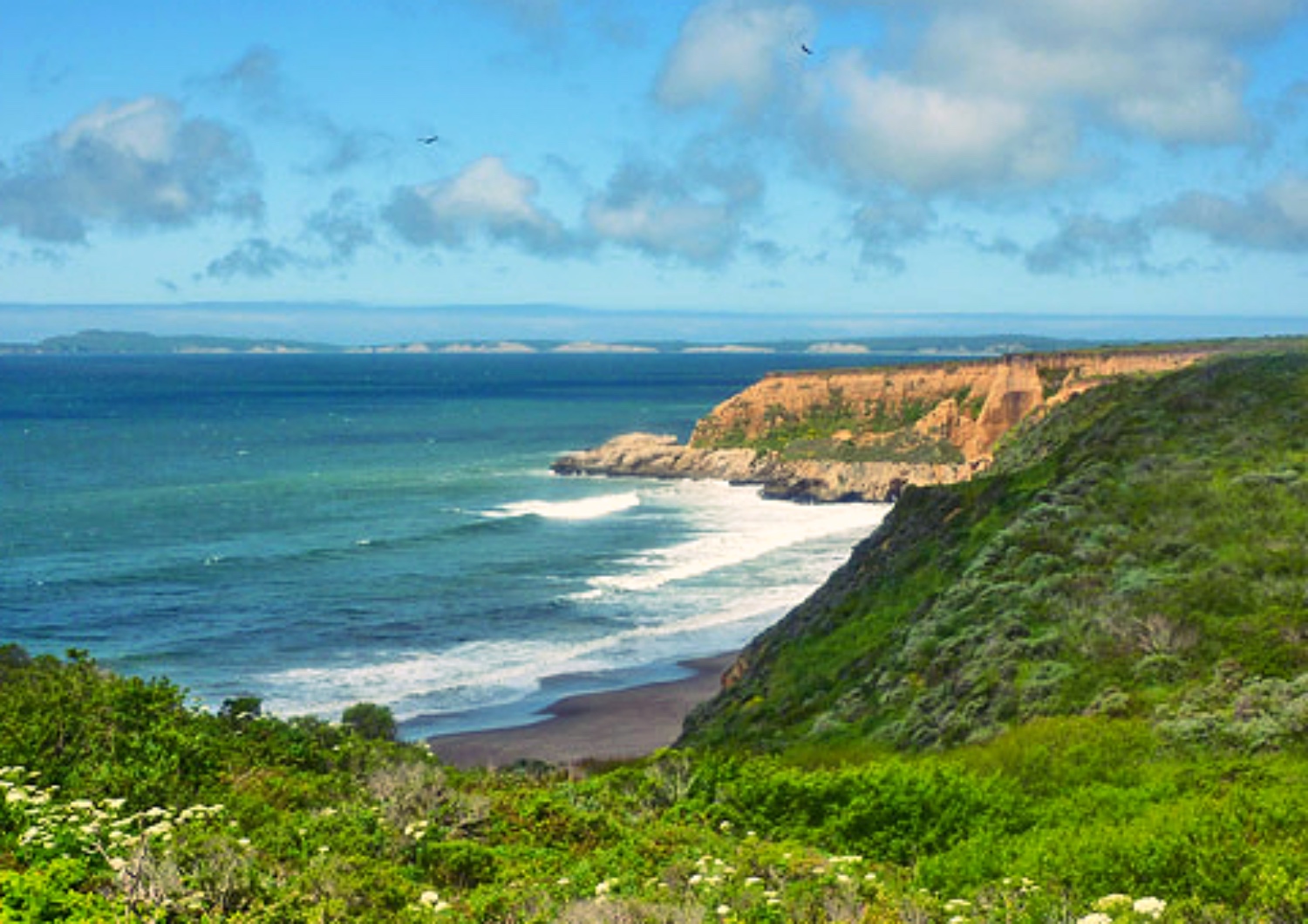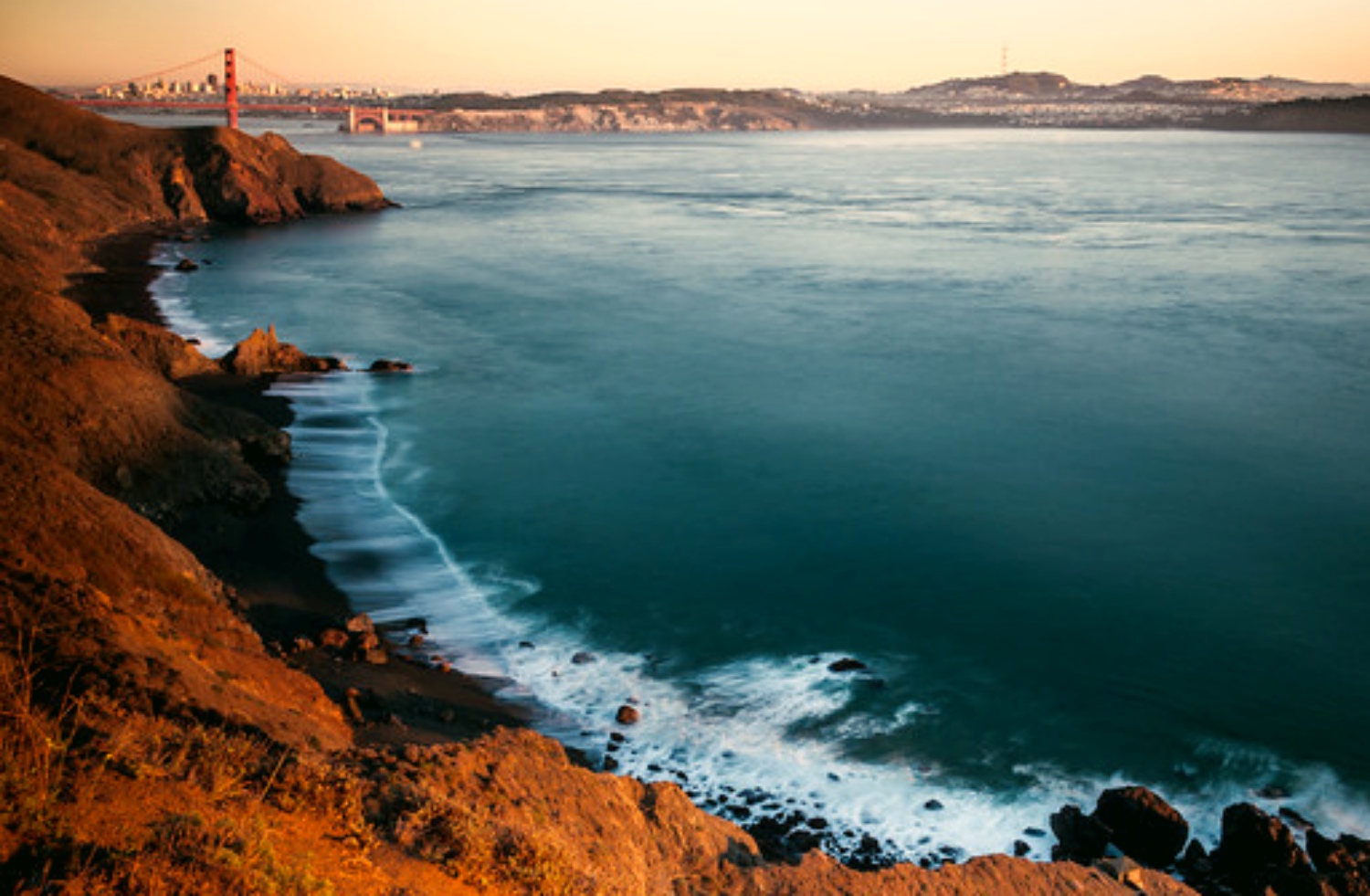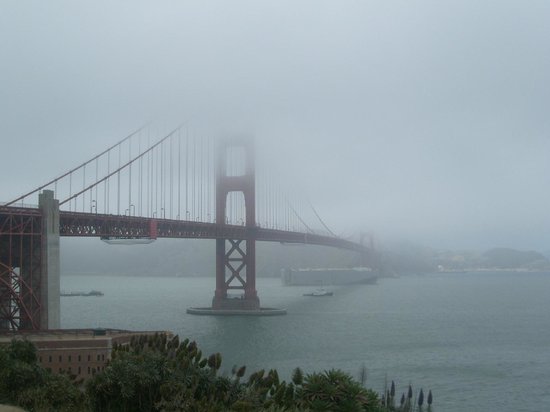
Following the Gold Rush boom in 1849, speculators ascertained the land north of San Francisco Bay would significantly increase in value. They envisioned a bridge spanning the Golden Gate, a narrow, 400-foot deep strait that serves as the mouth of the San Francisco Bay, connecting the San Francisco Peninsula with the southern end of Marin County.

The dream of connecting the city of San Francisco to its neighbors across the Golden Gate Strait became a reality after WWI with the hiring of Chicago engineer Joseph Strauss.

The attempt to build the first bridge support in an open ocean proved an overwhelming challenge. As a 1,100-foot trestle extended off the San Francisco side, divers plunged to depths of 90 feet through strong currents to blast away rock and remove debris. In 1933, the trestle was damaged when it was struck by a ship and then again amid a powerful storm which set construction back five months.

The Golden Gate Bridge officially opened on May 27, 1937, the longest bridge span in the world at the time. The first public crossing had taken place the day before, when 200,000 people walked, ran and even roller skated over the new bridge.

The Golden Gate is a marvel of modern engineering; its 4,200-foot main span was the longest for a suspension bridge until 1981, while its 746-foot towers made it the tallest bridge of any type until 1993. It withstood the destructive Loma Pieta earthquake of 1989 and is the most photographed bridge in the world.

Comments
Powered by Facebook Comments

Very nice